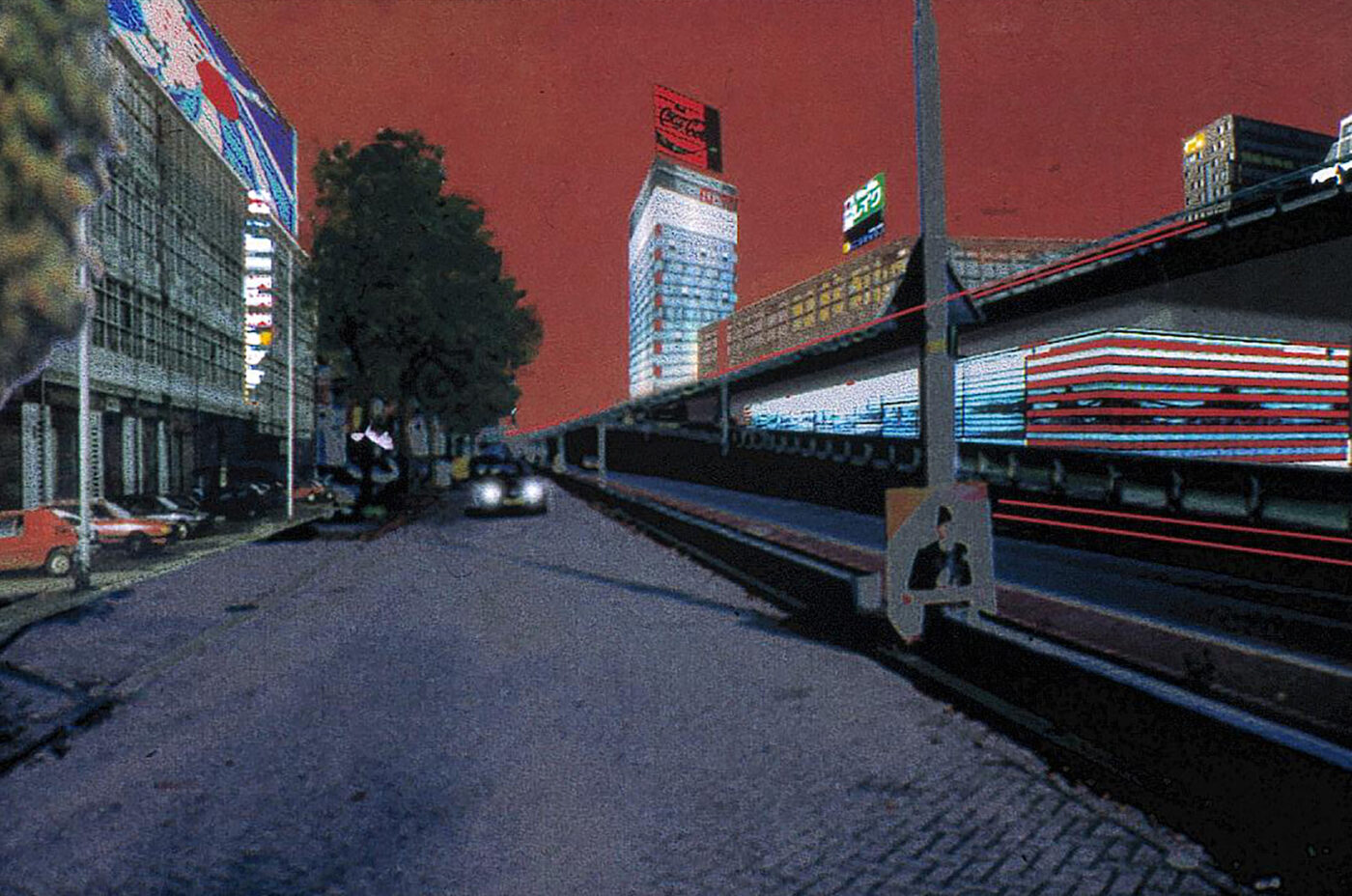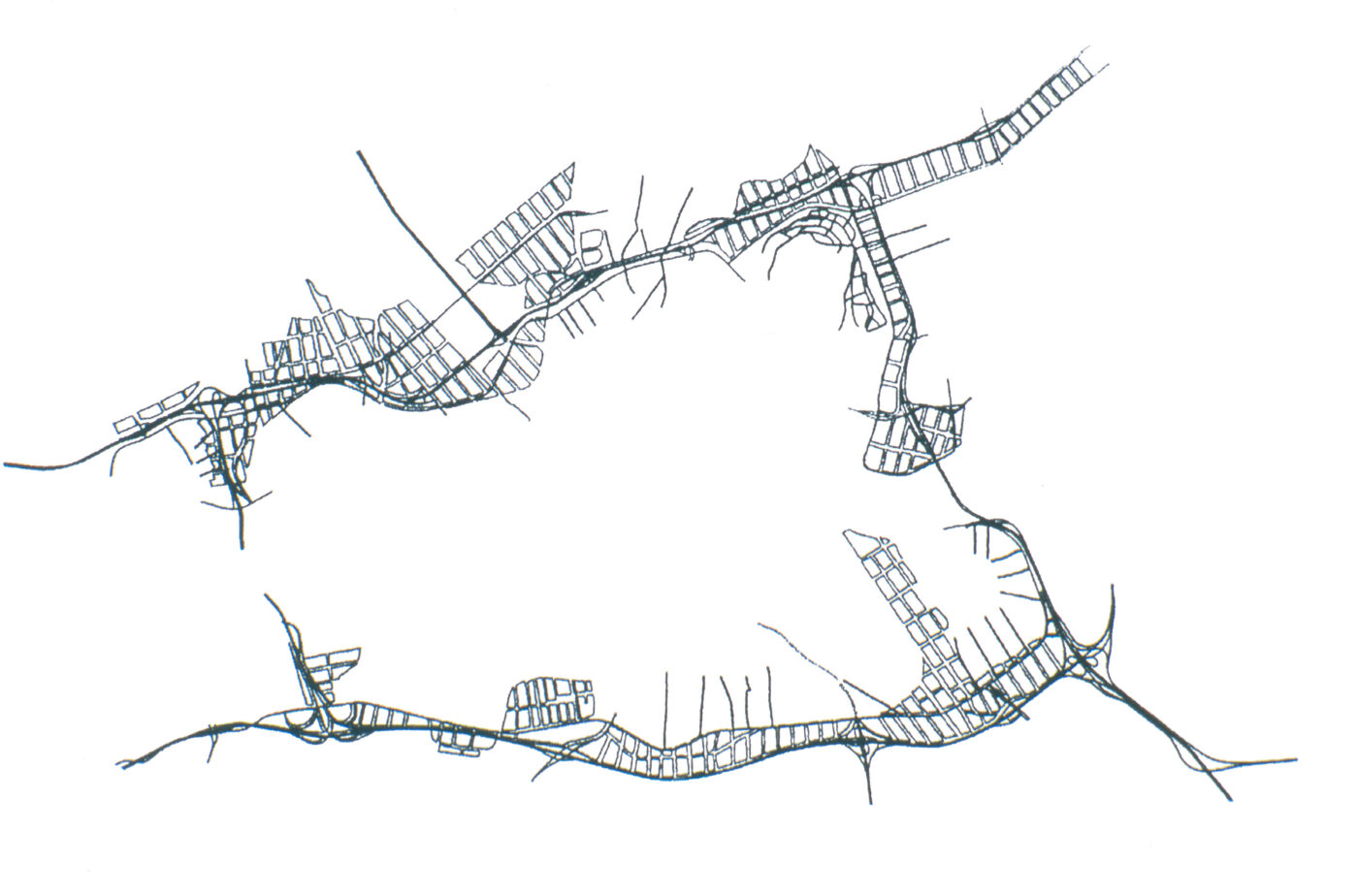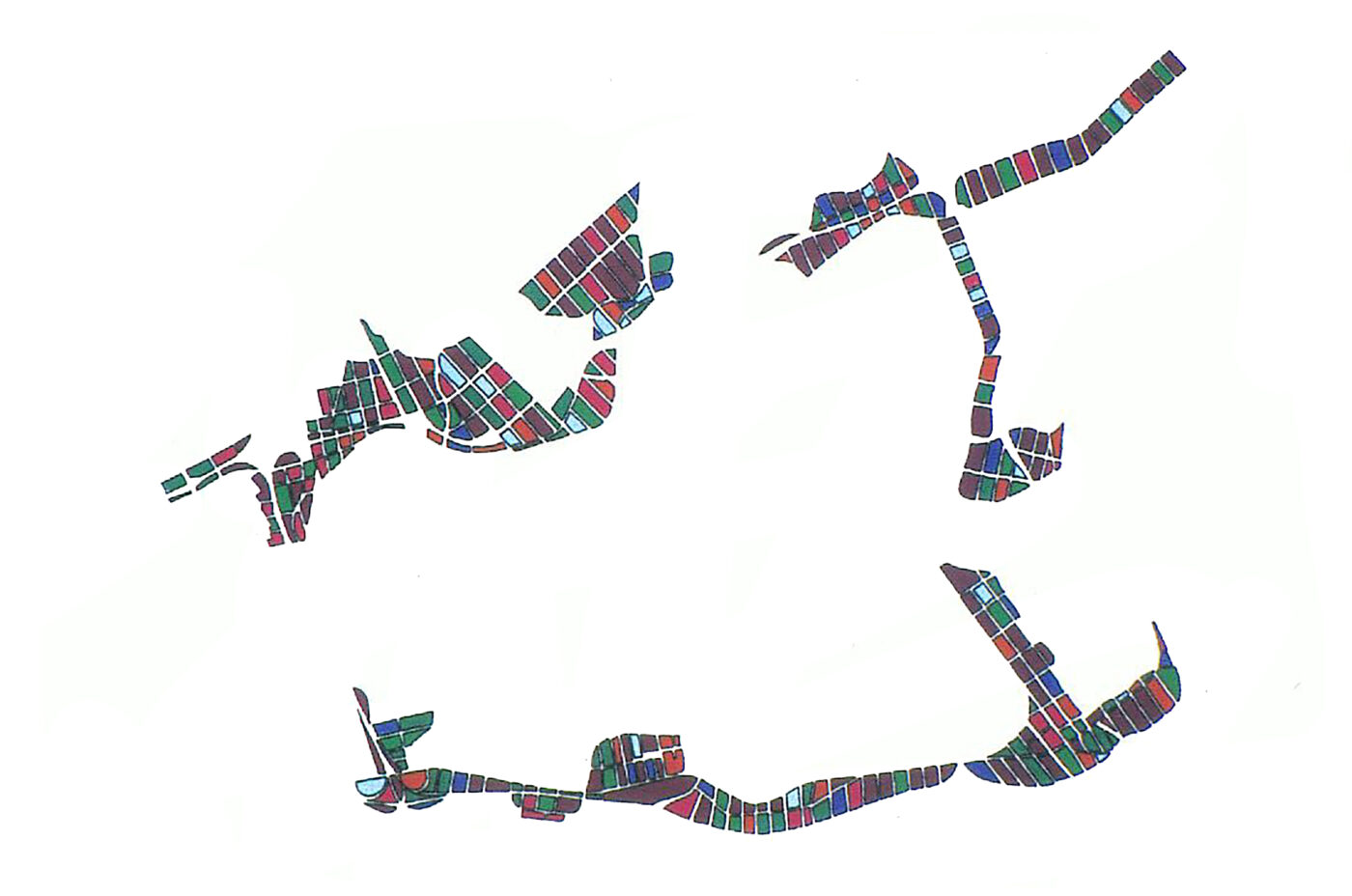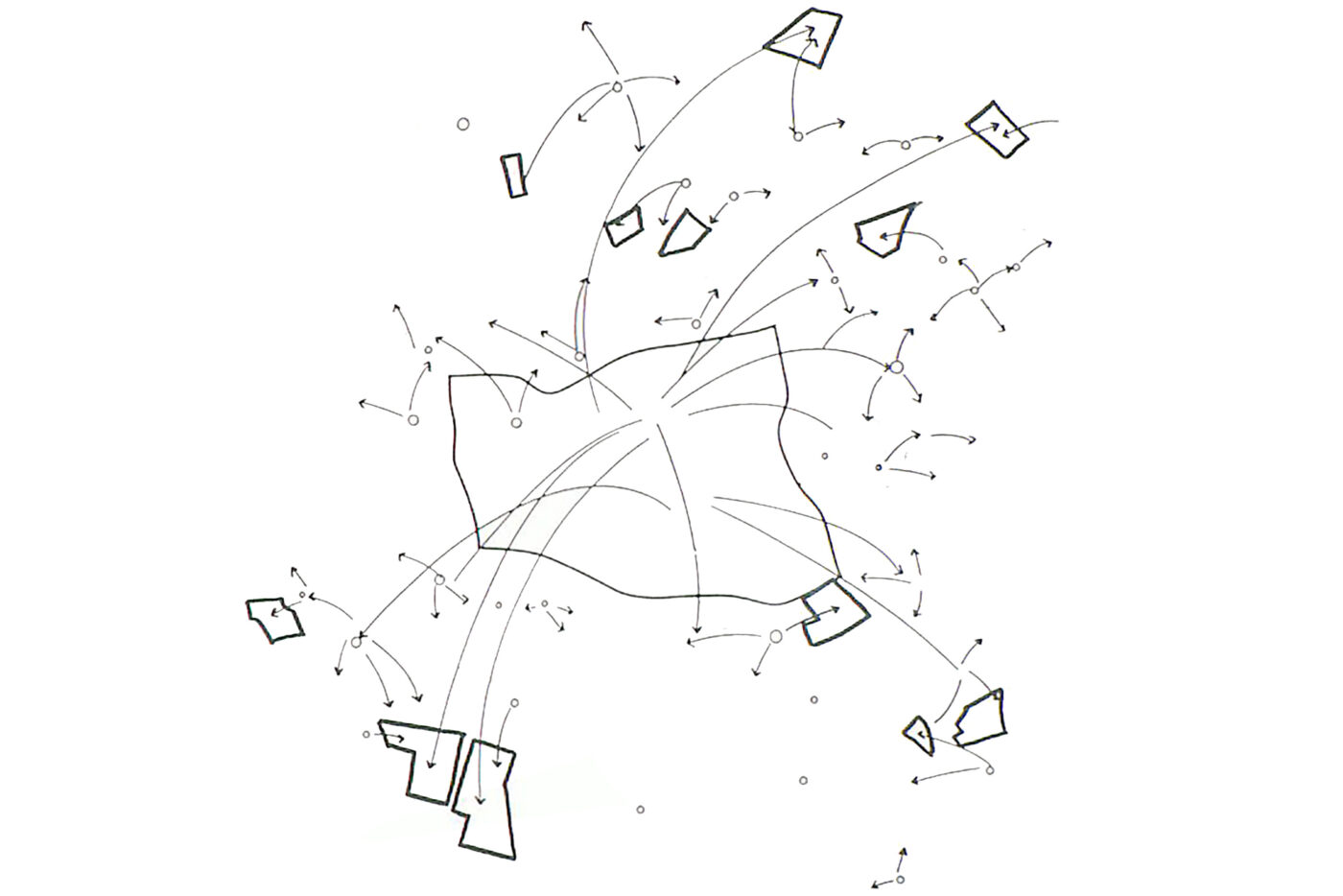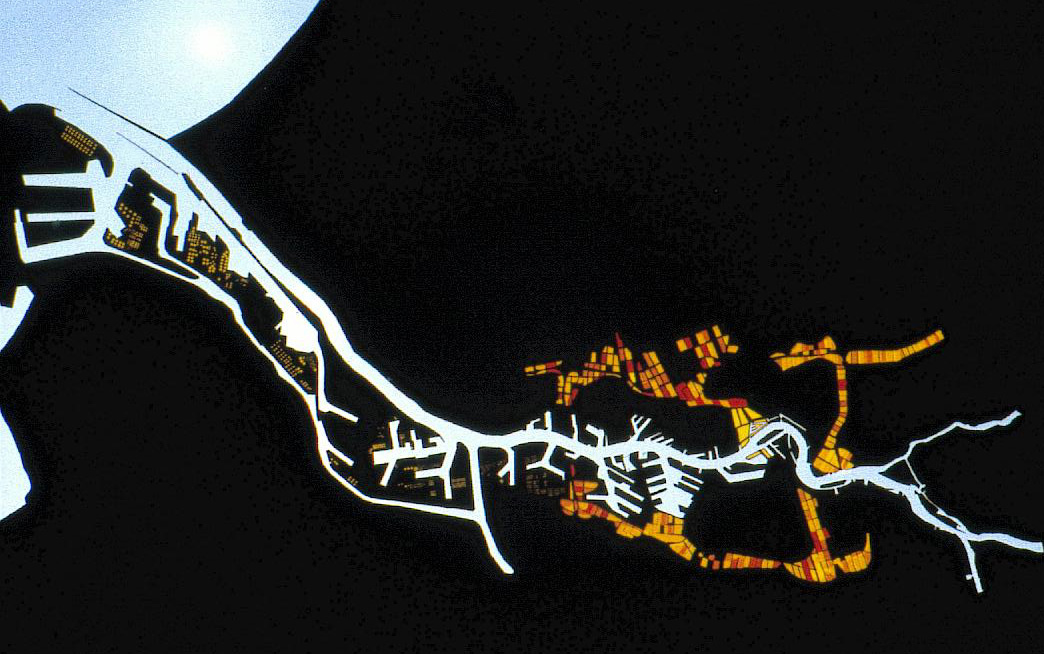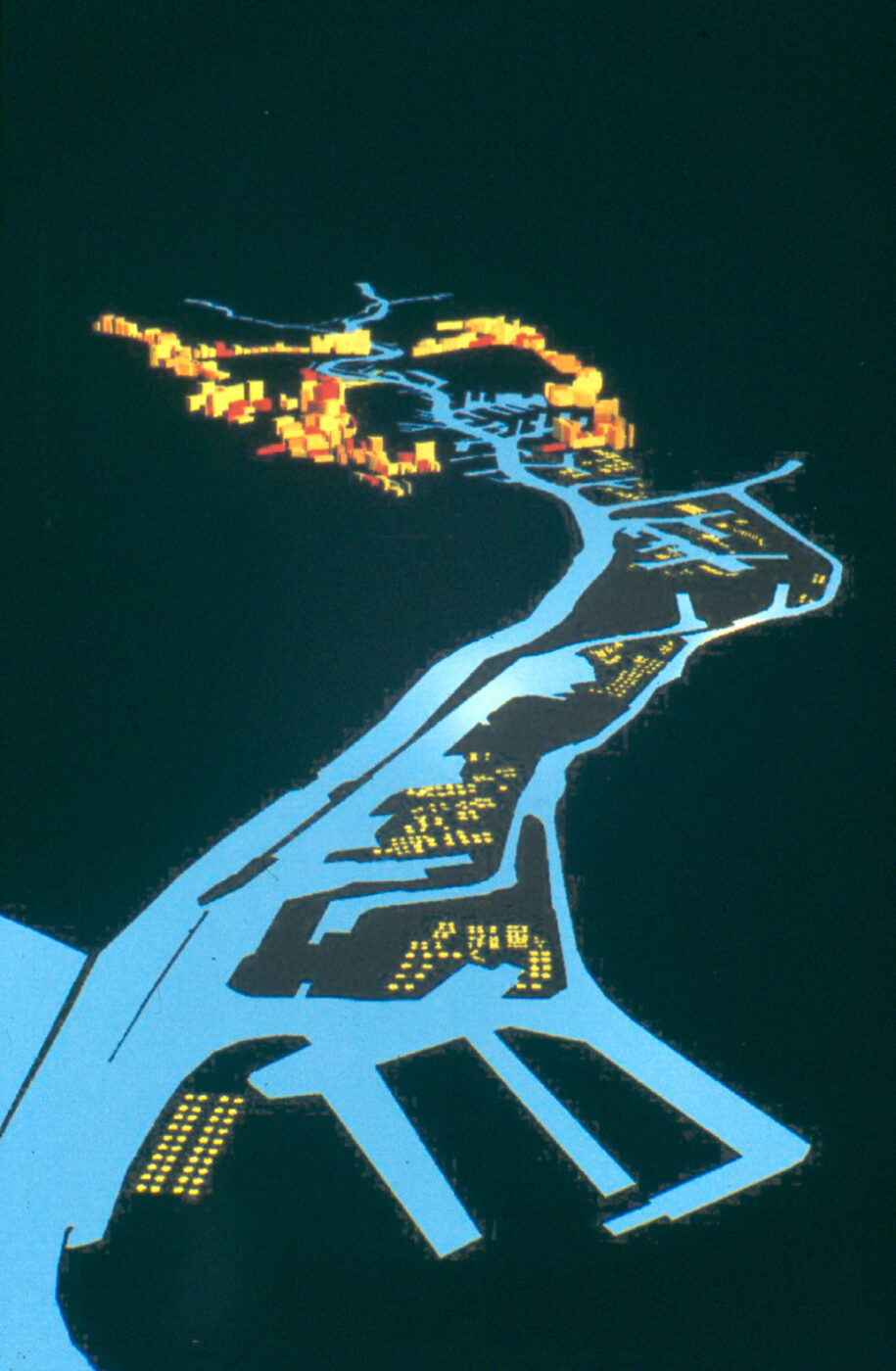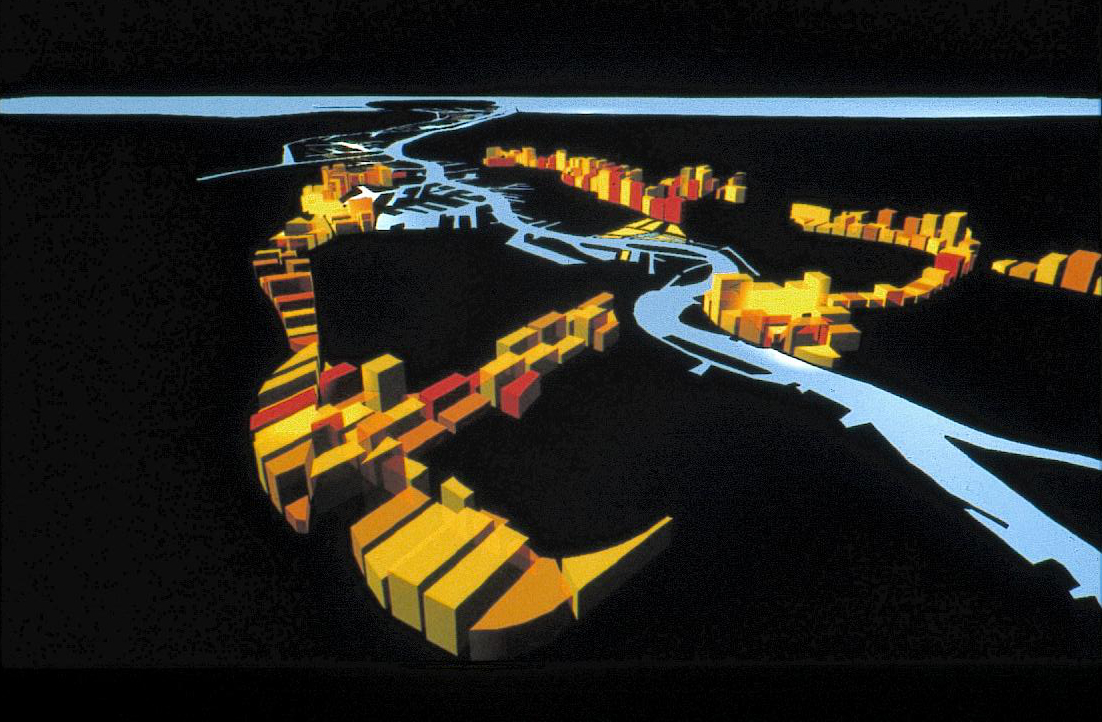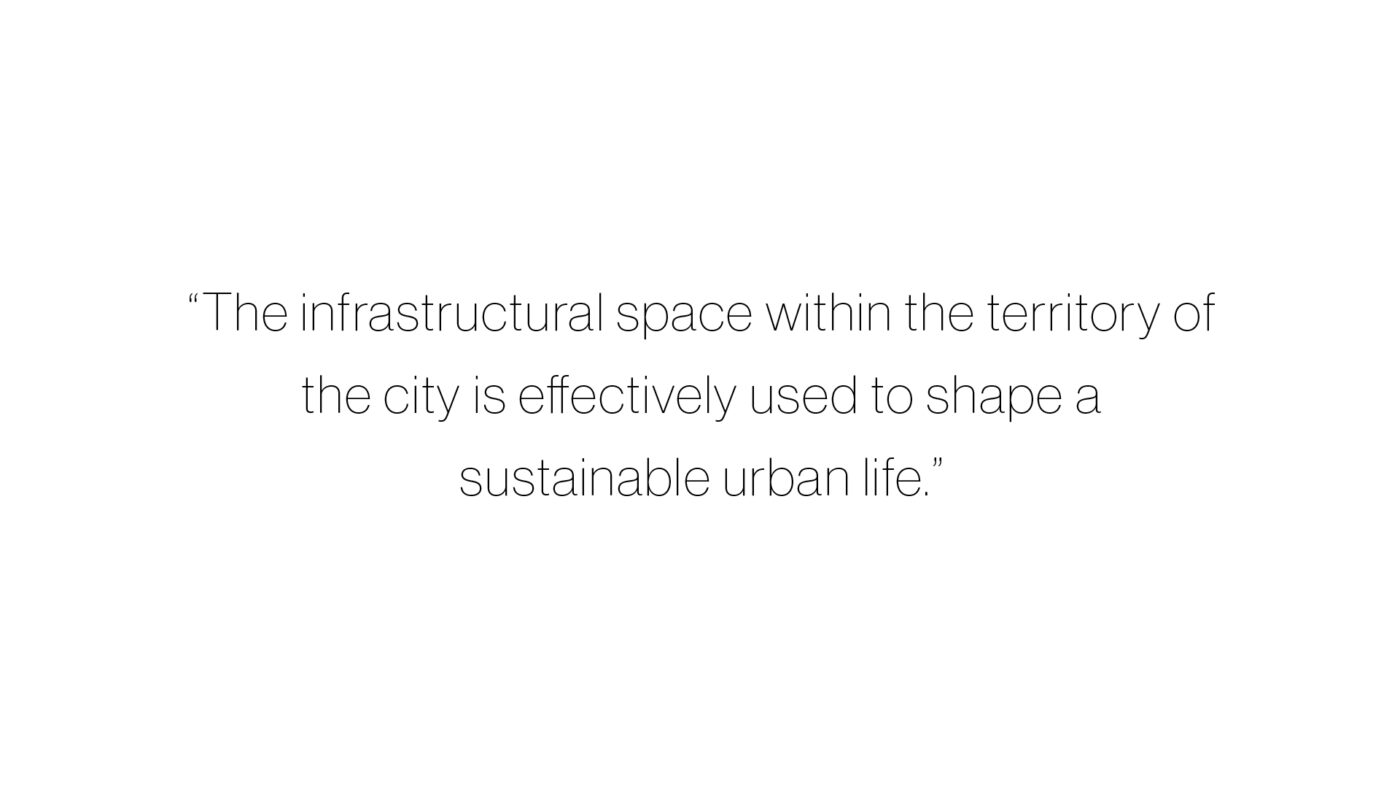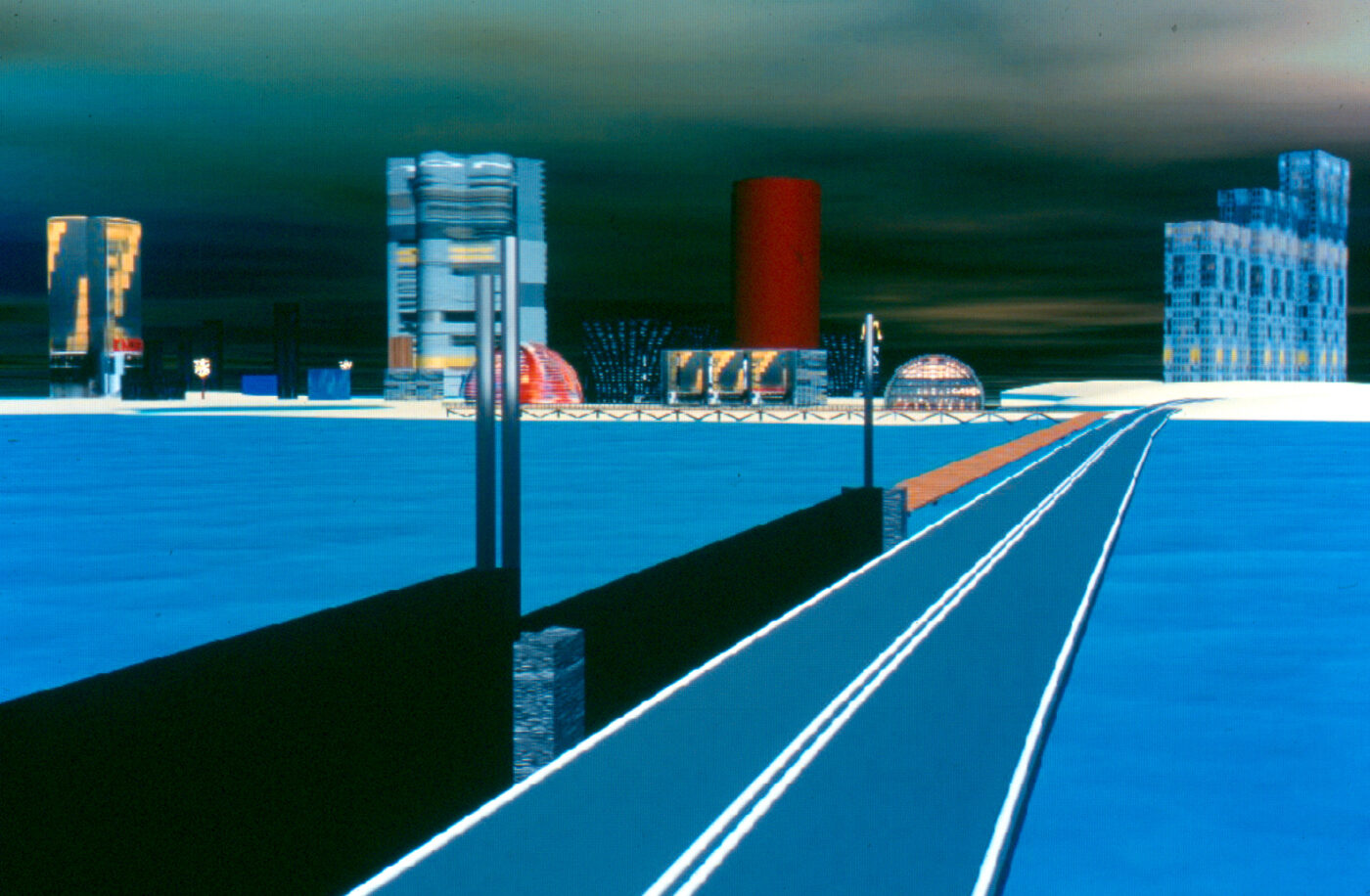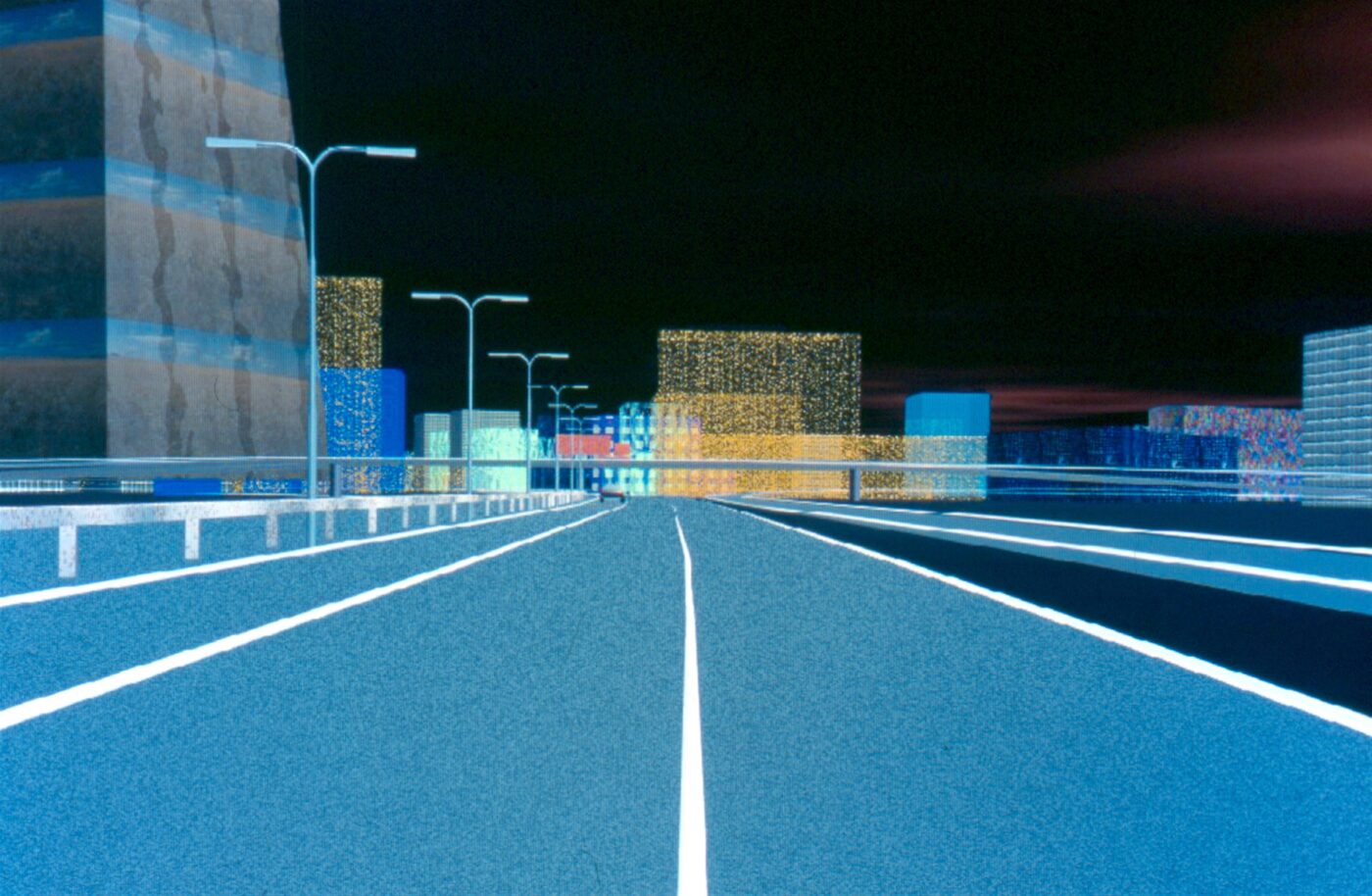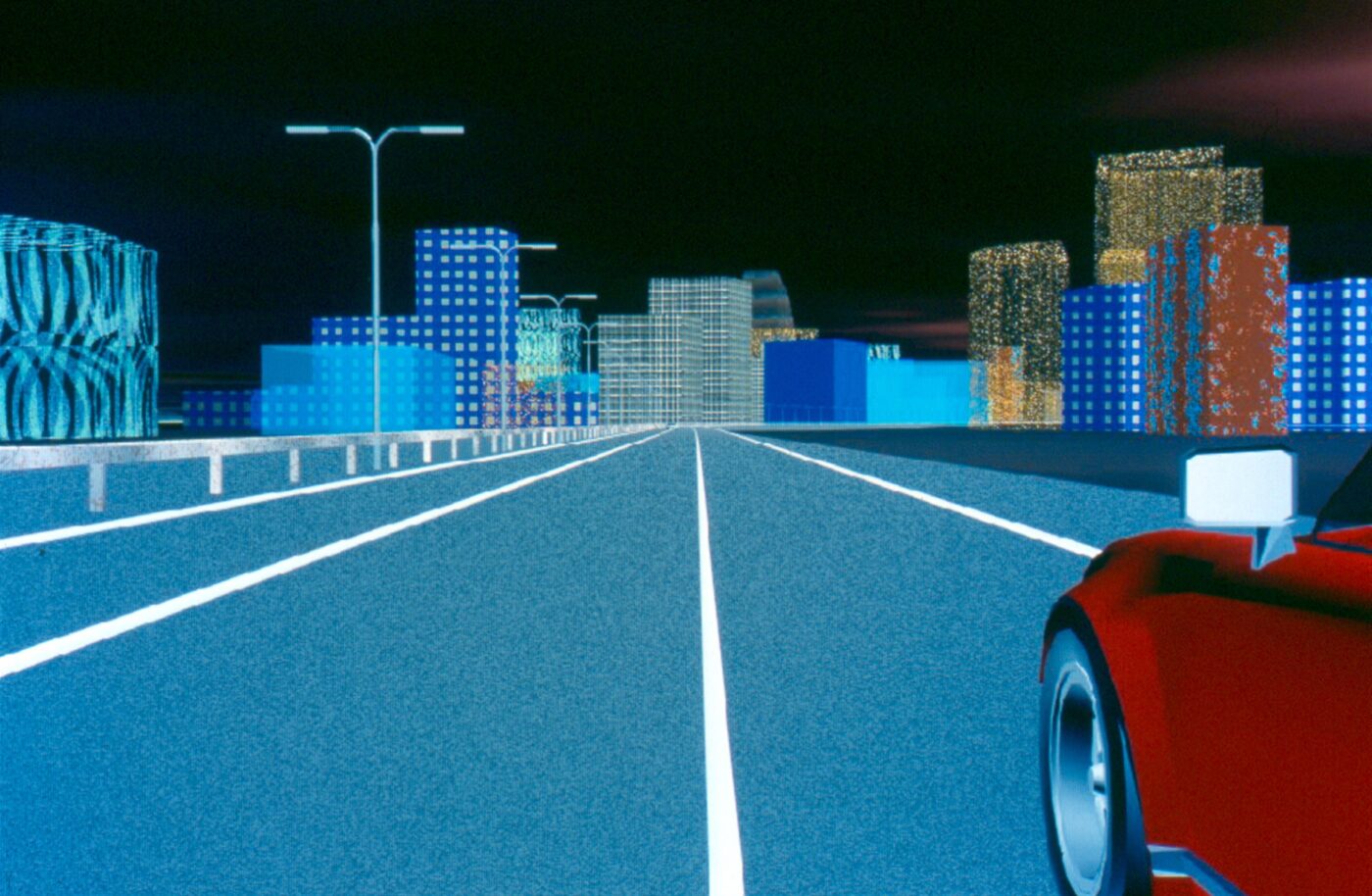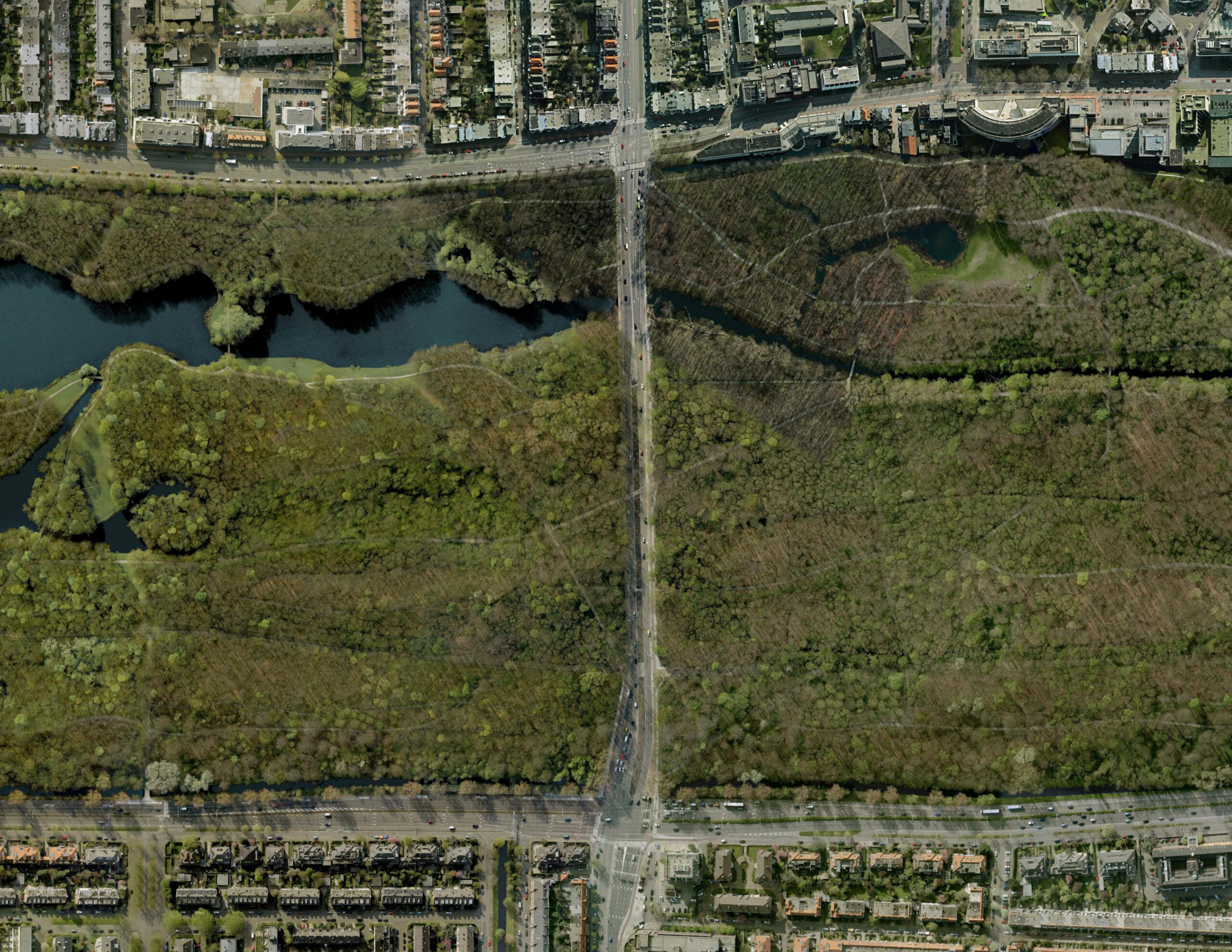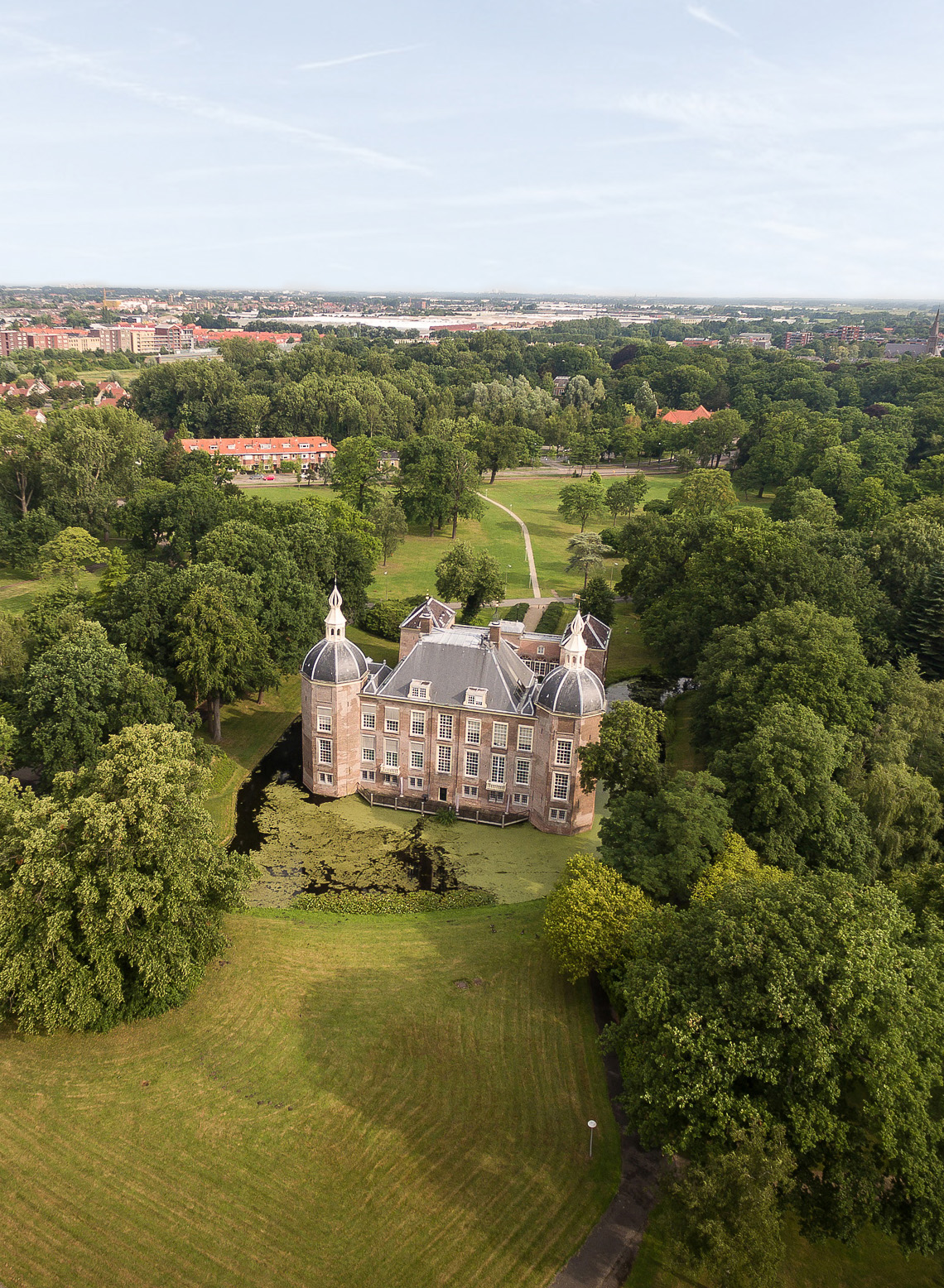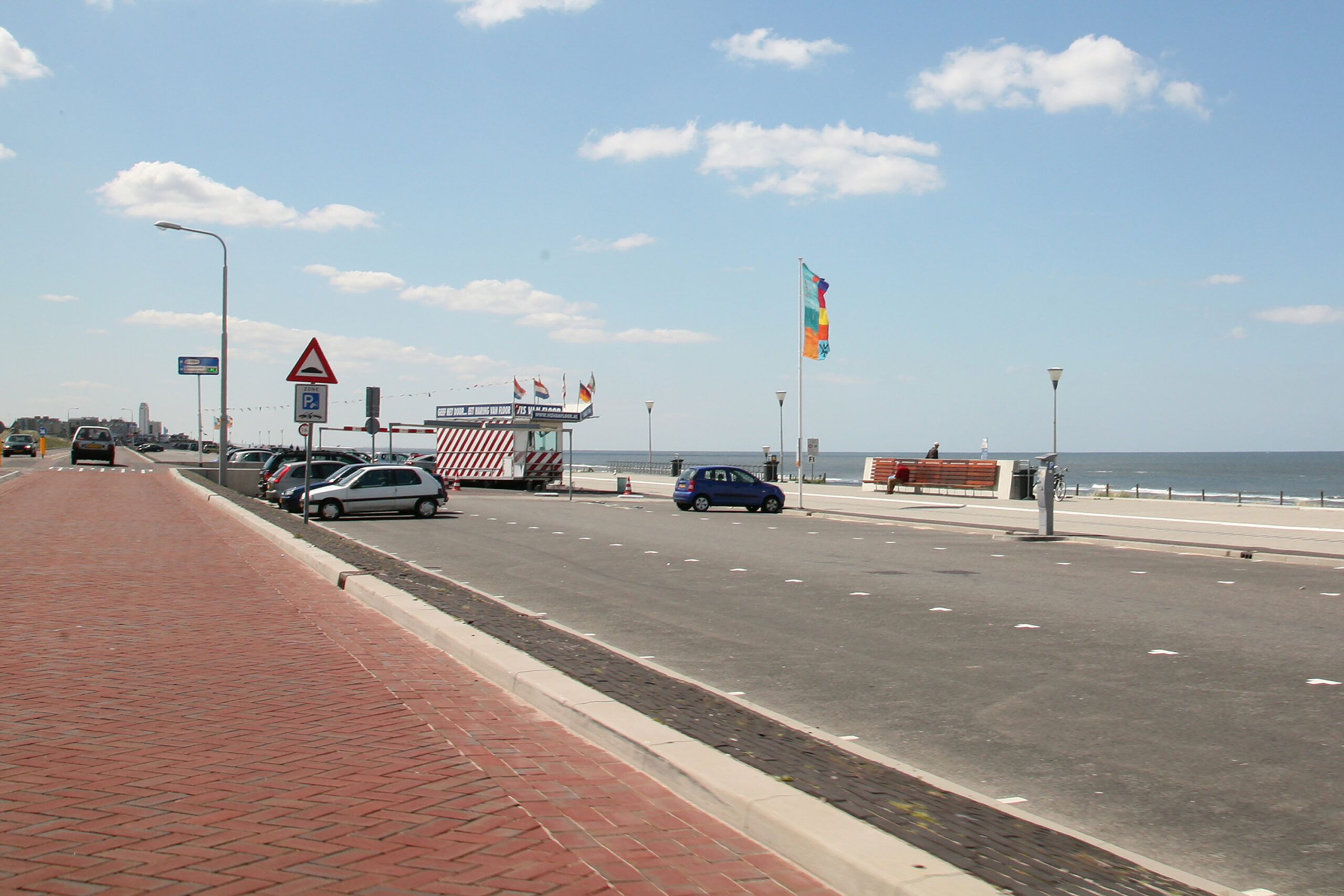The Spaanse Polder business park in Rotterdam has slipped away from the working district with the great Post War social democratic ambitions and the great concept of collective strength to an area of laissez faire and marginality. The original ideals regarding the quality of the working environment in an urban and programmatic sense and the architectural quality of the buildings and public space are difficult to reconcile with the current image of vacancy, sell-off and dumping.
Rotterdam 1975 – 2000
Rotterdam is transforming from a port city to a city in the region and world port in the Rhine-Scheldt delta. In a way, the Rotterdam diamond shape highway ring (Rotterdam Ruit) marks this transformation; The port city of 1975 is located inside the diamond, the port of today and the city of today are located outside the window. The city skipped the window. The ‘diamond zone’ itself does not have an urban planning position in this process of expansion. Although it occupies a huge part of the surface of the current city, it is not a task of spatial planning or civil engineering.
Hypothesis
Thinking about the Spaanse Polder needs to be freed from the aura of the area unity. After all, the Spaanse Polder is largely included in the ‘diamond zone’ and is part of the same ‘urban empty middle’. Isn’t there a definition in which this urban emptiness is transformed into potential? Can the diamond zone not be considered as a condition for certain developments and as part of the city?
Potency
The potential is huge. The territory of the ‘diamond zone’ covers about 2500 hectares. This means… in the middle of the city. In contrast to this potential and the double chance for the programme and the city, the benefit of 200 hectares of Rotterdam land near Bleiswijk or 400 hectares near Nieuw-Beijerland is disappointing: ‘easy money’ for the Land Company and the path of least resistance for Economic Affairs, and that’s it …
What then?
Starting points must be defined, the most important strength of which is that it takes care of the transformation of the entire window zone and at the same time provides a good embedding on site. The task for the Spaanse Polder consists of the elaboration of the formulated general principles into a number of concrete interventions. A set of concrete interventions for the Spanish polder demonstrates the potential of the diamond zone. Connectivity, structure, land use, program relationships, construction method are part of the recipe. The incorporation of restart possibilities results in a ‘permanence factor’ with regard to urban dynamics.
Ruitstad
With this approach for the Spaanse Polder, work is being done on the construction of a densifying city. The zone along the highway infrastructure is used to use the business parks projected in the meadow areas and the empty zones around the large-scale infrastructure full of margin and laissez faire for the benefit of each other.
In Rotterdam, this means that service and distribution centres that are located in the extensive port areas are deliberately deployed in the zones on the Ruit. The development of the living, working and recreation programme will be taken up in an integrated manner. The completion of an already largely existing Gordelweg parallel to the motorway window will create valuable addresses for economic development. In collaboration with parties operating in the urban renewal of adjacent neighbourhoods, the space within the territory of the city is effectively used to shape a sustainable urban life.
